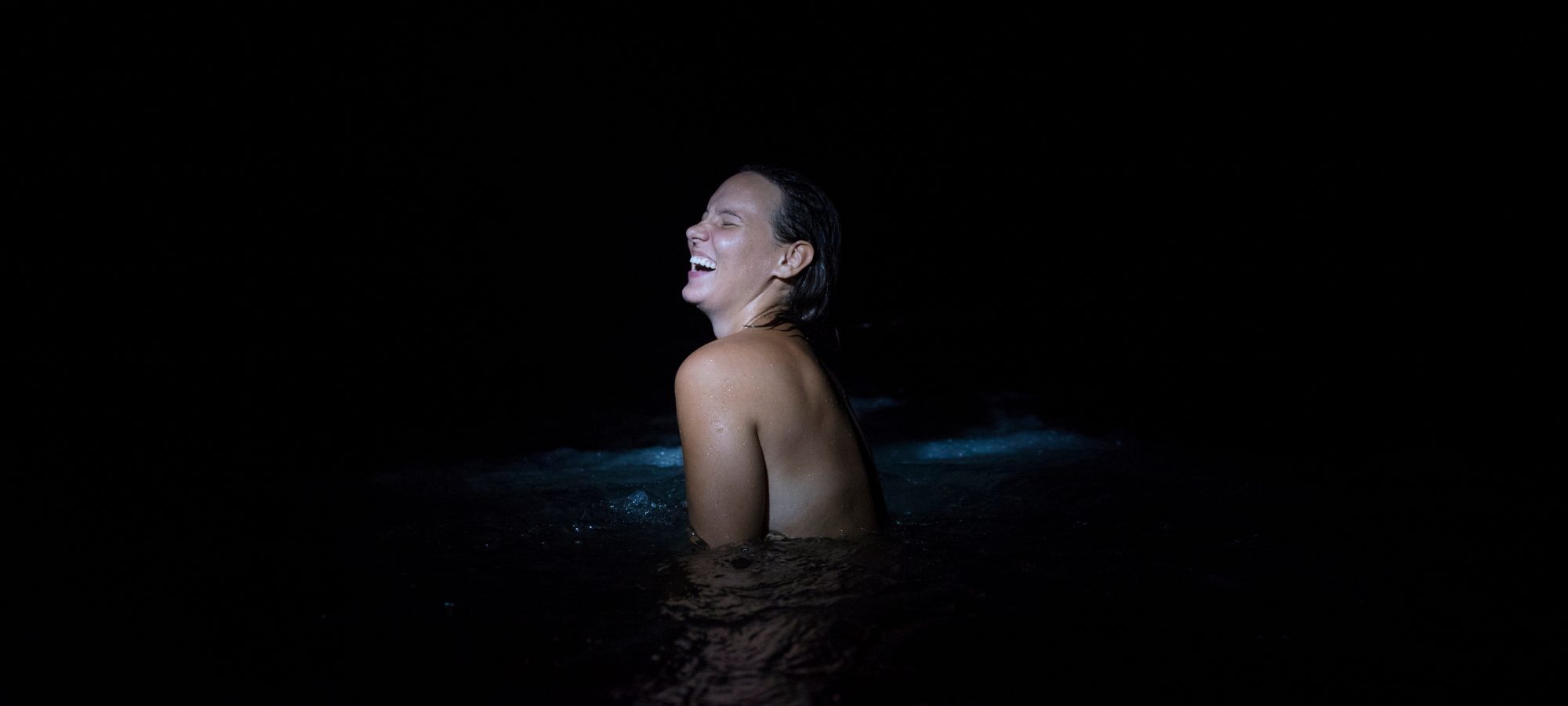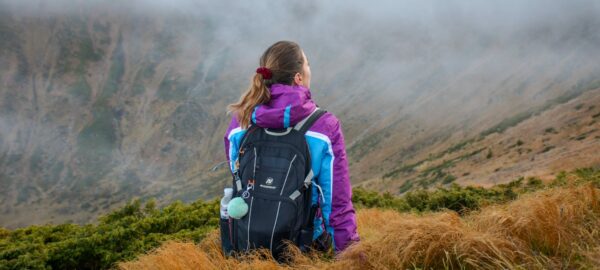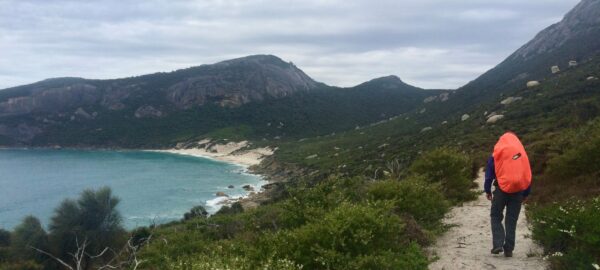I wasn’t always rule breaker. In fact, as a kid, I was kind of a scaredy-cat.
I remember one day, when I was about 11, sitting on the edge of a 10-metre-high waterfall that tumbled into a dark cave below. I was watching other kids jump in – a rite of passage for local kids, and one that left me paralysed with fear.
As I quivered, my 13-year-old sister suddenly stood up, scrambled to the ledge and leapt off the cliff. My heart skipped a beat as I peeked over to see if she was alive. Five minutes later she appeared beside me again, dripping wet and grinning with delight.
Eventually, two hours and many false starts later, I lept into one of the most thrilling moments of my life. And I learned how to break rules wisely.
We must embrace risky play… at every age
Most of us, especially those around my age, have had these moments. Whether it was riding your bike down the road no handed, climbing trees, building dams in the local creek, or playing hide and seek after dark, we got to challenge ourselves physically, mentally and emotionally in nature. Breaking rules was part of the fun, an additional thrill that made the activity even more worthwhile.
These days climbing trees is banned, play equipment is made from foam and kids are more likely glued to screens after school than billy-carting down the road with the neighbourhood kids. The New York times recently published an article about how COVID has led parents to reintroduce ‘risky play’ to allow kids to learn resilience, like it was a revolutionary act.
If you haven’t realised by now, I’m pro risky play. It’s a valuable teacher. For kids and for adults. But as we grow older, many of us get stuck on rules. We find ourselves blindly respecting fences and ‘do not enter’ signs, remaining on the path even when it would be more fun, more efficient or more healthful to walk on the grass. We worry more about the rules and less about the reasons. More about the perception and less about the moment.
Sometimes, breaking the rules can lead to catastrophe. For ourselves, but also for the environment, animals or other people. Other times, it can lead to adventure. So, we need to learn how to break rules wisely.
As I’ve aged disgracefully, I’ve realised the Dalai Lama had a point when he said: “Know the rules well, so you can break the effectively.”
What does effective rule breaking look like?
So what does effective rule breaking look like? How can we tell the difference between adventure and catastrophe?
When breaking rules wisely, we must weigh up the impact or consequence of breaking the rule. In the city, for example, it’s generally illegal to swim naked, which is great for those of us who prefer not to see naked humans as we hike the trails and beaches of our sunburnt country. However, if you love that feeling of plunging into a rock pool or beach in your birthday suit, it might be okay to do so after dark, before dawn or in a secluded spot. The worst-case scenario is someone sees your bottom from a boat, which is hardly a catastrophe.
A rule like ‘leave no trace’ is a different story. Leaving rubbish, food scraps or poo on a track or near a water source can have devastating consequences for the ecosystem, so, erm, don’t do that. If you do need to poo on a hike, here’s what you need to do.
Other times, there are safety issues at stake, and navigating the rules depends on your level of skill or experience. I recently discovered an old tourist track that led to a spectacular rock tower in the Blue Mountains. Back in the early 20th century, tourists enjoyed this beautiful trail, which culminates in breathtaking views over the Three Sisters and Katoomba Falls. But a mudslide in 1974 destroyed the access track and it’s been closed since. However, experienced explorers who are prepared to manage the risks of the broken stairs, exposed ledges and difficult access can safely explore this area… even if the signage says otherwise.
In the wild, where there’s nobody to find or fine you, you need to learn to manage risk yourself.
Here are my top tips for breaking the rules in the wild:
- Have the skills to manage the risks
- Choose appropriate season, weather, time of day and clothing
- Ensure your location is suitable for the activity
- Don’t endanger anybody else in your escapade
- Consider the environmental impact of your adventure
- Have a backup and/or escape route ready in case of misadventure
Whether you’re hiking in the wilderness or simply out for an afternoon stroll, we need to learn how to break rules wisely wherever we are, to find the delicate balance between fabulous thrill-seeking adventures and safety, for both the environment and our bodies.








